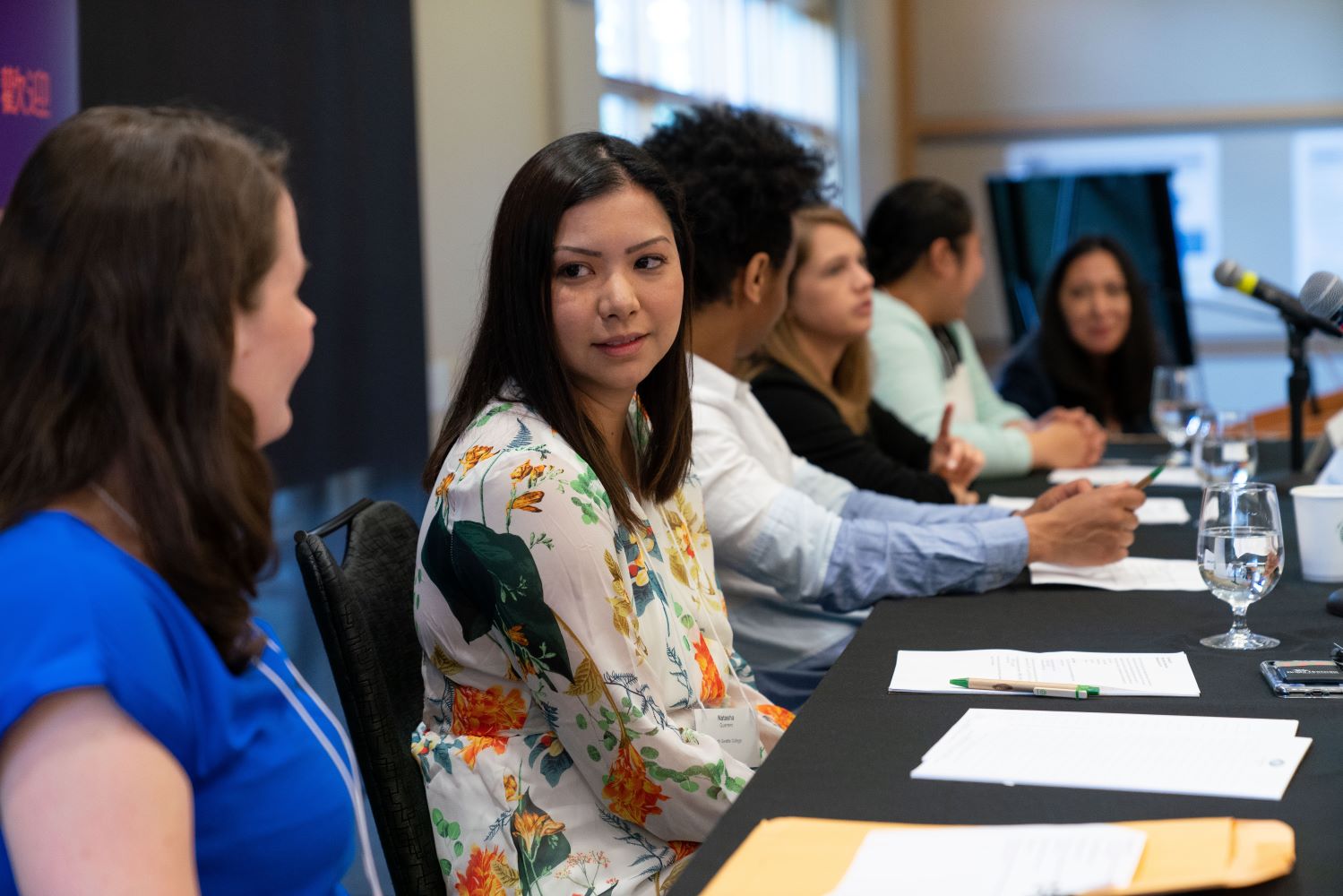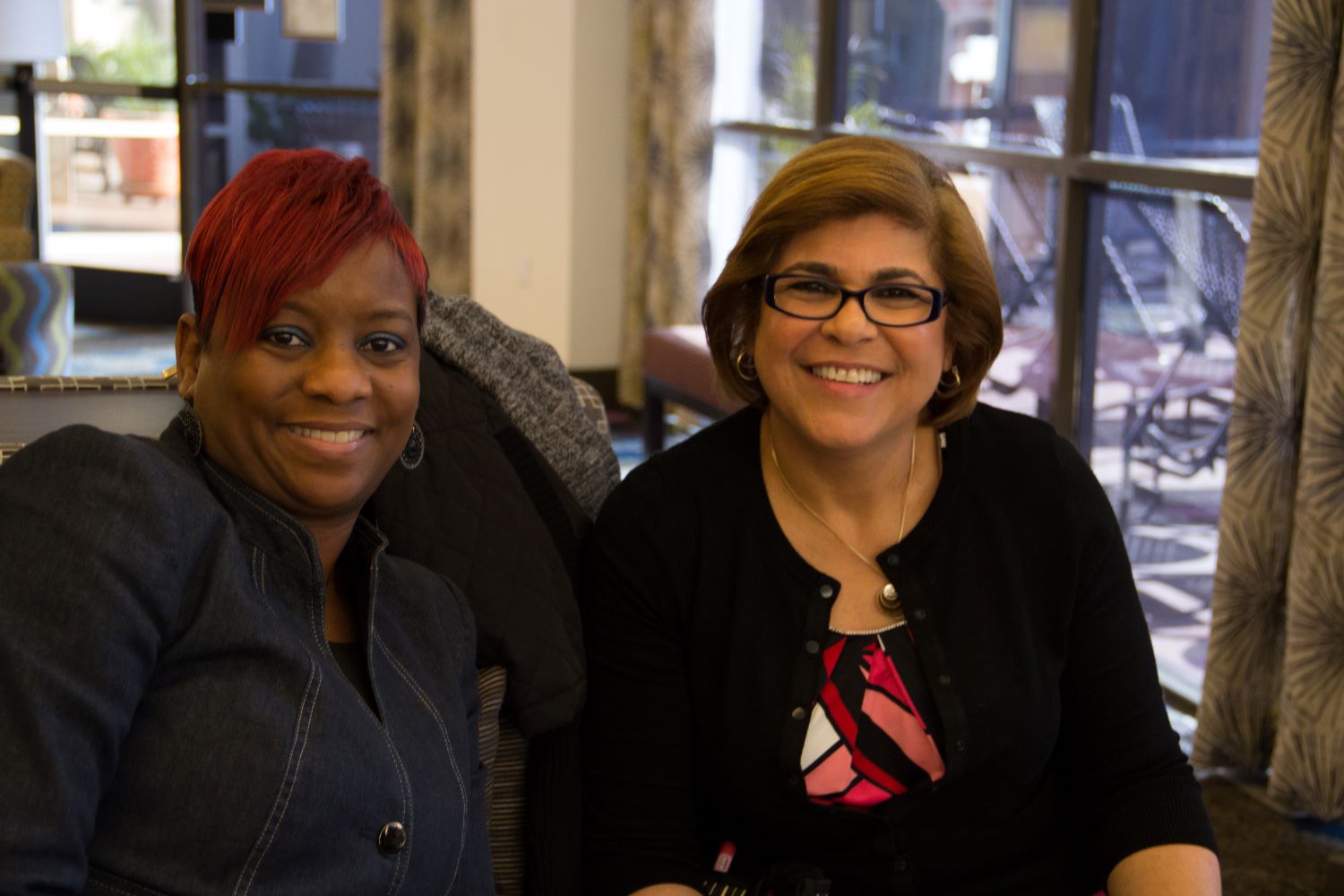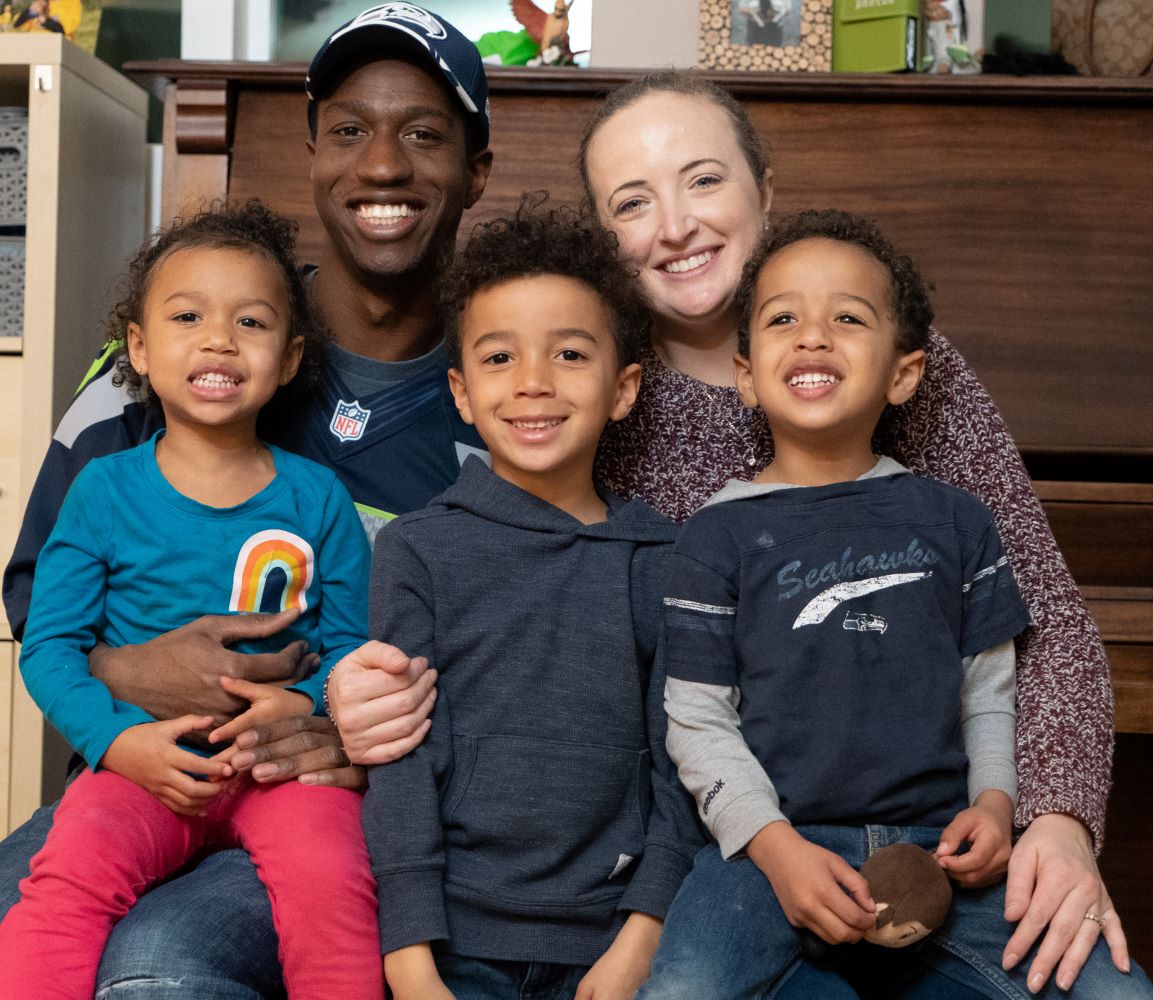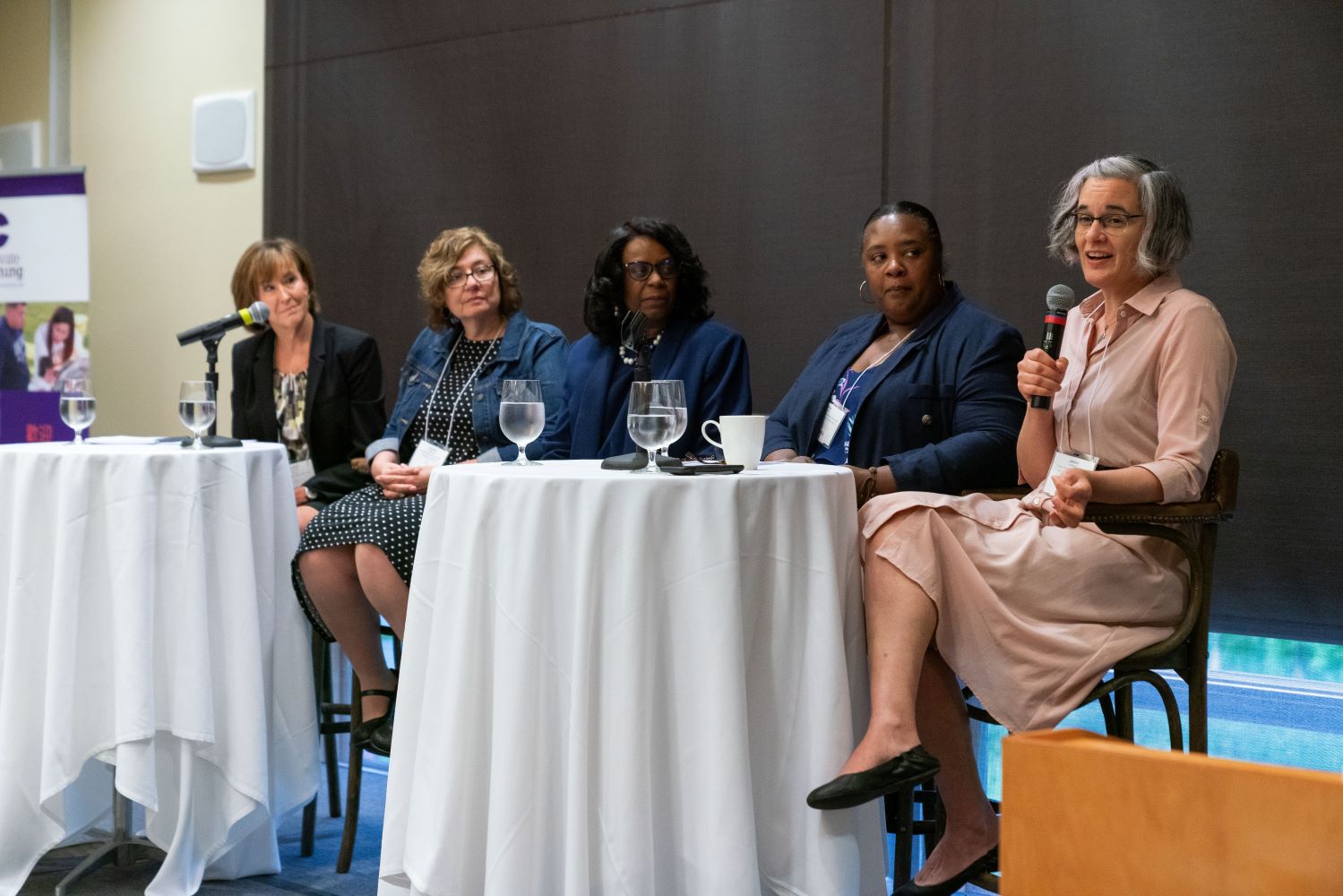Leaders in School Readiness
Head Start Programs, Families, and Elementary Schools Collaborate!
More than 320,000 Head Start children in the United States enter kindergarten each year. Research shows this transition is an important event in the lives of children and families that can make a difference in their immediate and ongoing school success. To learn more about supportive practices for transition to kindergarten, visit the Transition to Kindergarten page. To immediately connect with children and families, share these special read-alouds, recorded with love from leaders at the Office of Head Start (OHS).
One of the key practices that fosters successful transitions is collaboration. When there are strong relationships among Head Start programs, families, and receiving elementary schools, all of these parts can work together to offer children and families continuity, security, and resources for smooth transitions.
Head Start-Public Schools Collaboration Demonstration Project
To explore the impact of intentional collaboration between Head Start and local schools, 13 Head Start and public-school leadership teams were selected from across the nation to participate in the Collaboration Demonstration Project (CDP). Each team of Head Start programs, families, and their receiving schools worked together from summer 2019 to summer 2020 to improve the transition to kindergarten for Head Start families and children. Watch this video to hear them discuss the project and suggest ways to improve transition work.
To read about the strategies and activities that the CDP teams focused on, check out the Collaboration Demonstration Project: Successful Strategies from the Field paper.
Resources to Support Collaboration Between Head Start and Schools
When leaders in the transition to kindergarten process take time to partner, the positive impact on child and family outcomes is far-reaching. Explore these resources to support efforts to strengthen collaboration between Head Start programs, families, local school leaders, and national school associations.
 Host Your Own Collaboration Meeting
Host Your Own Collaboration Meeting
Plan and host a collaboration meeting in your region. CDP teams use these resources to establish collaboration teams, plan agendas, set goals, make plans, and create team charters. Consider them guidelines that can be adapted to fit each team’s region, timeline, capacity, and other characteristics.
 Reach Out to Your Local Principals
Reach Out to Your Local Principals
Build connections between Head Start programs and receiving schools through face-to-face meetings in October. Bring a principal to your program to join story time, meet a parent group, and strategize with you about school readiness goals. Visit the receiving school and learn how they extend a child’s “head start.” There’s so much to share, from early learning goals and curricula to ways parents can stay involved. Celebrate your partnership by sharing highlights from your visit using the hashtag #LeadersinSchoolReadiness on Twitter, Facebook, and Instagram.
 Engage Families as Leaders
Engage Families as Leaders
Parents and families support their children's education and development. They hold key roles in Head Start programs. Parents participate in decision-making, policy development, and activity organization in communities and states to improve children's safety, health, development, and learning experiences. Explore this collection of resources to learn how to involve families as leaders in your program.
 Build Formal Collaborations with School Associations
Build Formal Collaborations with School Associations
The OHS has formalized partnerships with the National Association of Elementary School Principals (NAESP) and the School Superintendents Association (AASA) to improve the transition of Head Start children as they enter elementary school. Review the following memoranda of understanding (MOUs) for details:
Explore Resources
OHS is also working with the National School Board Association to improve Head Start program connections with the public-school system. Use this two-page introduction in your relationship-building and marketing efforts in your communities.
Last Updated: February 24, 2025

 Host Your Own Collaboration Meeting
Host Your Own Collaboration Meeting Reach Out to Your Local Principals
Reach Out to Your Local Principals Engage Families as Leaders
Engage Families as Leaders Build Formal Collaborations with School Associations
Build Formal Collaborations with School Associations